Mohandas K. Gandhi in 1894 – aged 25. Seated – Center. Working as a lawyer for an Indian firm in Durban, South Africa. – more
~ Such are our Vegetarians in Natal. Though they do not make of Vegetarianism a creed, though they base it simply on the ground that a Vegetarian diet helps them crucify the flesh better, and though perhaps they are not even aware of the existence of the Vegetarian societies, and would not care to read any Vegetarian literature. Where is the Vegetarian who would not be proud of this noble band, even a casual intercourse with whom fills one with a spirit of love, charity, and self-sacrifice, and who are a living testimony to the triumph of Vegetarianism from a spiritual point of view? ~ – M. K. Gandhi – full article below.
———-
Source of the phrase crucify the flesh – The Epistle to the Galatians, often shortened to Galatians – the ninth book of the New Testament. It is a letter from Paul the Apostle to a number of Early Christian communities in the Roman province of Galatia in central Anatolia. Chapter 5 – Verses –
23.
….gentleness, self-control; against such things there is no law.
24. Now those who belong to
Christ Jesus have
crucified the flesh with its
passions and desires.
25.
If we live by the Spirit, let us also walk by the Spirit.…
———-
Article from The Vegetarian (London), May 18, 1895:
A Band of Vegetarian Missionaries
AND THEIR WORK IN SOUTH AFRICA
It was in England that I read in Mrs. Anna Kingsford’s “Perfect Way in Diet,” that there was a colony of Trappists in South Africa who were Vegetarians. Ever since that I had wished to see these Vegetarians. The wish has at last been realized.
At the outset, I may remark that South Africa, and particularly Natal, is especially, adapted for Vegetarians. The Indians have made Natal the garden colony of South Africa. One can grow almost anything on the South African soil, and that in abundance. The supply of bananas, pineapples, and oranges is almost inexhaustible, and far greater than the demand. There is no wonder that the Vegetarians can thrive very well in Natal. The only wonder is, that in spite of such facilities and the warm climate, there should be so few Vegetarians. The result is that large tracts of land still remain neglected and uncultivated. The staple articles of food are imported when it is perfectly possible to grow all of them in South Africa; and in a vast territory like Natal, there is much distress among a small population of 40,000 whites. All this, because they will not take to agricultural pursuits.
Another curious but painful result of the unnatural mode of living, is that there is a very strong prejudice against the Indian population who also number 40,000. The Indians, being Vegetarians, take to agriculture without any difficulty whatsoever. Naturally, therefore, all over the colony, the small farms are owned by Indians, whose keen competition gives offence to the white population. They are following a dog-in-the-manger and suicidal policy in so behaving. They would rather leave the vast agricultural resources of the country undeveloped, than have the Indians to develop them. Owing to such stolidity and shortsightedness, a colony that can easily support double, or even treble, the number of European and Indian inhabitants, with difficulty supports 80,000 Europeans and Indians. The Transvaal government have gone so far in their prejudice, that the whole of the republic, although the soil is very fruitful, remains a desert of dust. And if the gold mines could not be worked from any cause, thousands of men would be thrown out of employment, and literally starved to death. Is there not here a great lesson to be learnt? The flesh eating habits have really tended to retard the progress of the community, and indirectly to create division among the two great communities which ought to be united and work hand in hand. There is also this striking fact to be noticed, that the Indians enjoy as good health as the Europeans in the Colony, and I know that many doctors would be simply starving if there were no Europeans, or their flesh pots, and that only by thrifty and temperate habits, both attributable to Vegetarianism, can Indians successfully compete with the Europeans. Of course, it should be understood that the Indians in the Colony are not pure Vegetarians. They are practically so.
We shall see presently how the Trappists of Marian Hill. near Pinetown, are a standing testimony to the above remarks.
Pinetown is a little village situated at a distance of 16 miles by rail from Dunbar. It is about 1,100 feet above sea level, and enjoys a beautiful climate.
Mariannhill Trappist Monastery
The Trappist Monastery is three miles distant from Pinetown. My companion and I walked to Marianhill, as the hill, or rather the cluster of hills on which the abbey is situated is called. It is a very pleasant walk through the little hills all covered with green grass.
On our reaching the settlement, we saw a gentleman with a pipe in his mouth, and we knew at once that he was not one of the brotherhood. He however took us to the visitors’ room, where a visitors’ book was kept. It appeared from the book that it commenced from 1894, and there were hardly twenty pages filled up. Indeed, the mission is not at all known as it ought to be.
One of the brotherhood came and bowed very low. We were offered tamarind water and pineapples. After having refreshed ourselves, we accompanied the guide to the various places he took us to. The various buildings one saw, were all substantial red brick buildings. All was quiet; the silence was broken only by the noise of the instruments in the workshops or the native children.
The settlement is a quiet little model village, owned on the truest republican principles. The principle of liberty, equality, and fraternity is carried out in its entirety. Every man is a brother, every woman a sister, The monks number about 120 on the settlement, and the nuns, or the sisters as they are called, number about sixty. The sisters’ cloister is about half a mile from the brothers! Both the brothers and the sisters observe a strict vow of silence and chastity. No brother or sister may speak, except those who are allowed to by the abbot, who is the head of the Trappists in Natal. And these are only allowed go speak who have to go to town to make purchases, or to look after the visitors.
The brothers are dressed in long robes with a black piece of cloth in front and on the back. The sisters wear red clothing of the simplest style. None seemed to wear socks.
A candidate for the brotherhood has to make a vow for two years and till then is called a novice. After two years, he may either leave the cloister or make a vow for life. A model Trappist gets up at 2 a.m., and devotes four hours to prayer and contemplation. At six, he has his breakfast, which consists of bread and coffee, or some such simple foods. He dines at 12, and makes a meal of bread, and soup, and fruits. He sups at 6 in the evening, and goes to bed at 7 or 8 p.m. The brothers eat no fish, flesh, or fowl. They discard even eggs. They may take milk, but in Natal we were told they could not get it cheap. The sisters are allowed meat four days in the week. Asked why they put up with such an anomaly, the obliging guide said, “Because the sisters are more delicate than the brothers.” Neither my companion who is almost a Vegetarian, nor I could see the force or logic of the reasoning. Certainly both of us were very much grieved to hear the news which was a surprise to us, for we expected the brothers and the sisters to be Vegetarians.
They take no intoxicating liquors except under medical advice. None may keep any money for private use. All are equally rich or poor.
We saw no wardrobes, chests of drawers, or portmanteaus, although we were allowed to see every inch of the place. They may not leave the limits of the settlement, except those who are permitted to do so on business. They may not read newspapers or books that are not religious. They may not read any religious book, but only those that are allowed. It is this hard austere life, that caused our friend with the pipe in his mouth, whom we first met, to remark in reply to a question, whether he was a Trappist – “No fear, I am anything but a Trappist.” And yet the good brothers and sisters did not seem to consider their lines to have fallen in hard places.
A Protestant clergyman said to his audience that Roman Catholics were weakly, sickly, and sad. Well, if the Trappists are any criterion of what a Roman Catholic is, they are, on the contrary, healthy and cheerful. Wherever we went, a beaming smile and a lowly bow greeted us, whenever we saw a brother or a sister. Even while the guide was decanting on the system he prized so much, he did not at all seem to consider the self-chosen discipline a hard yoke to bear. A better instance of undying faith and perfect implicit obedience could not well be found anywhere else.
If their repast is the simplest possible, their dining tables and bedrooms are no less so.
The former are made on the settlement of wood, without any varnish. They use no tablecloths. The knives and spoons are the cheapest to be had in Durban. Instead of glassware they use enameled things.
For bedrooms they have a large hall (but none too large for the inmates) which contains about 80 beds. Every available space is utilized for the beds.
In the native quarters they seem to have overdone it in point of beds. As soon as we entered the sleeping hall for natives, we noticed the closeness and the stuffy air. The beds are all joined together, separated only by single boards. There was hardly space enough to walk.
They believe in no colour distinctions. The natives are accorded the same treatment as the whites. They are mostly children. They get the same food as the brothers, and are dressed as well as they themselves are. Whilst it is generally said, not without some truth, that the Christian Kaffir is a failure, every one, even the wildest sceptic, admits that the mission of the Trappist has proved the most successful in point of turning out really good Christian natives, while the mission schools of other denominations very often enable the natives to contract all the terrible vices of the western civilisation, and very rarely produce any moral effect on them – the natives of the Trappist mission are patterns of simplicity, virtue and gentleness. It was a treat to see them saluting passers-by in a humble yet dignified manner.
There are about 1,200 natives on the mission, including children and adults. They have all exchanged a life of sloth, indolence and superstition, for one of industry, usefulness and devotion to one Supreme God.
On the settlement, there are various workshops – blacksmiths, tinsmiths, carpenters, shoemakers, tanners, etc., where the natives are taught all these useful industries, in addition to the English and the Zulu languages. Here, it may be remarked, that it speaks volumes for the high-mindedness of the noble settlers, that though almost all of them are Germans, they never attempt to teach the natives German. All the natives work side by side with the whites.
At the sisters’ cloisters, they have the ironing, sewing, straw hat manufacturing and knitting departments, where one can see the native girls dressed in clean costumes, working assiduously.
About two miles from the abbey is situated the printing department, and the flour mill worked by a waterfall. It is a huge pile of a building. There is also an oil machine, which is worked for pressing the oil from monkey nuts. It is needless to mention that the above mentioned workshops supply the settlers with most of their requirements.
They grow many kinds of tropical fruits on the farm, and the settlement is almost self-supporting.
They love and respect, and are in turn loved an respected by the natives living in their neighbourhood who, as a rule, supply them with the converts.
The most prominent feature of the settlement is that you see religion everywhere. Every room has a cross, and on the entrance a small receptacle for holy water which every inmate reverently applies to his eyelids, the forehead, and the chest. Even the quick walk to the flour mill is not without some reminder of the cross. It is a lovely footpath. On one side you have a magnificent valley through which runs a small rivulet which murmurs the sweetest music, and on the other, little rocks wherein are carved the various inscriptions reminding you of the scenes of the Calvary. The valley is wholly covered with a green carpet of vegetation, studded with beautiful trees here and there. A lovelier walk, or a lovelier scenery could not well be imagined. The inscriptions carved in such a place cannot fail to produce a grand effect on the mind. They are carved at such regular intervals that no sooner has one completed his thoughts on one inscription, another meets one’s gaze.
The walk thus forms a continuous exercise for calm contemplation, unmarred by any other thoughts or outside noise and bustle. Some of the inscriptions are “Jesus falls a first time” ; Jesus falls a second time” ; Simon carries the Cross” ; “Jesus is nailed to the Cross” ; “Jesus is laid in his mother’s lap,” etc., etc.
Of course, the natives too are chiefly Vegetarians, although they are not prohibited from partaking of flesh meat, they are not supplied with any on the settlement.
There are about twelve such settlements in South Africa, most of which are in Natal. There are in all about 300 monks and 120 nuns.
Such are our Vegetarians in Natal. Though they do not make of Vegetarianism a creed, though they base it simply on the ground that a Vegetarian diet helps them crucify the flesh better, and though perhaps they are not even aware of the existence of the Vegetarian societies, and would not care to read any Vegetarian literature. Where is the Vegetarian who would not be proud of this noble band, even a casual intercourse with whom fills one with a spirit of love, charity, and self-sacrifice, and who are a living testimony to the triumph of Vegetarianism from a spiritual point of view? I know from personal experience, that a visit to the farm is worth a voyage from London to Natal. It cannot but produce a lasting holy impression on the mind. No matter whether one is a Protestant, Christian, or a Buddhist, or what not, one cannot help exclaiming, after a visit to the farm – “If this is Roman Catholicism, everything said against it is a lie.” It proves conclusively to my mind, that a religion appears divine or devilish, according as its professors choose to make it appear.
Note – we have decided to ‘correct’ minor spelling errors etc., which appear in other online versions of this article.
———-
Anna Kingsford’s book – mentioned by Gandhi
p37 – ……..many religious communities in all climates systematically abstain from flesh-meats. For instance, S. Benedict’s rule prohibits the flesh of quadrupeds to all except the feeble and sick. The rule of S. Francis of Paula is severely vegetarian, forbidding even eggs and milk. The Trappist monks, the religious of S, Dominic’s order (friar preachers), and of S. Basil’s order, are all vegetarian; and among the orders of women, the rule of life of the Poor Clares is similar. Apart from religion, there exist also numerous bodies professing Pythagoreanism. To instance one or two of these only, the Vegetarian Society of England, established in 1846, numbers over 3,000 members; the Food Reform Society of London has a large following, and there are several vegetarian restaurants in the metropolis. Vegetarian societies exist also in Paris, Switzerland, Germany, America, etc., etc.
———-
Anna Kingsford MD, writing wonderfully perceptively in the Preface to her book ‘Dreams and Dreams Stories’ of 1886, using the old ‘London’ definition of ‘vegetarian’ :
“For the past fifteen years I have been an abstainer from flesh-meats. Not a vegetarian, because during the whole of that period I have used such animal produce as butter, cheese, eggs, and milk.” – read the book here.
———-
More blog posts from the Ernest Bell Library which refer to Mohandas Karamchand (M. K.) Gandhi – here & here.
———-
The Ernest Bell Library’s primary objectives are to: –
- Collect all of Ernest Bell’s book & non-book works and make them easily accessible to everyone.
- Collect the literature of vegetarianism and all the other humanitarian movements in which Ernest Bell was so deeply involved.
- Assist students and scholars in their research.
- Introduce all aspects of Ernest Bell’s life, including his writings, campaign work, influences and his circle of friends.
- Undertake our own research into missing aspects of Ernest Bell’s life and work.
We already have more than 300 pieces of Ernest Bell’s own writings.
We are also actively building a collection of examples of promotional material, campaign material, fundraising & marketing activities etc. – related to: –
- veg(etari)an products.
- veg(etari)an books & other publications.
- veg(etari)an organisations.
- veg(etari)an businesses.
- animal rights organisations.
- animal rights publications.
- humanitarian organisations.
- humanitarian publications.
- rambling clubs run by members of the above groups & related publications.
- the work of Richard St. Barbe Baker & the ‘Men of the Trees’ organization & its many sub-branches.
There are currently more than 2,000 items in the Ernest Bell Library.
We will complete the cataloging of the collection as & when adequate funds are available.
It is long past time for the library to go online!
“I have little doubt that the proposal for the establishment of an Ernest Bell Library, which would specialize in humanitarian and progressive literature, and so form a sort of centre for students, will meet with a wide response.”
Henry S. Salt – writing in September 1934
———-
If anyone would like more information, please send an email to: –
humanitarianleague (at) outlook (dot) com
– or message me through HappyCow –
https://www.happycow.net/blog/author/JohnnySensible/
If you are a Tweeter, please consider sending this post out to your friends.
Thank you!
Me – @JohnnySensible
HappyCow – @HappyCow
———-

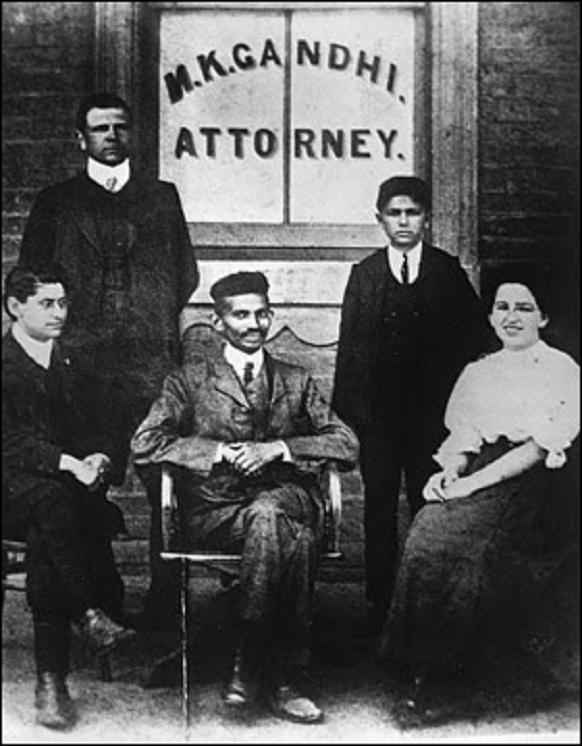
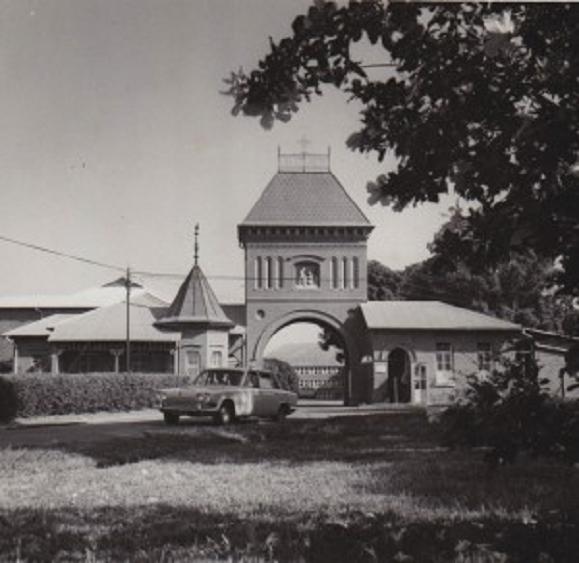
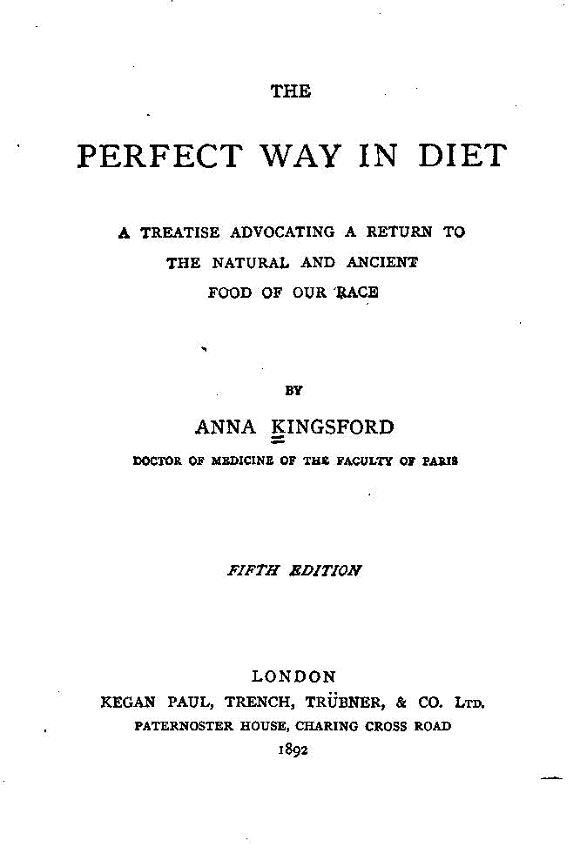


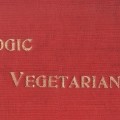

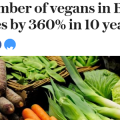
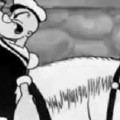
No Comments